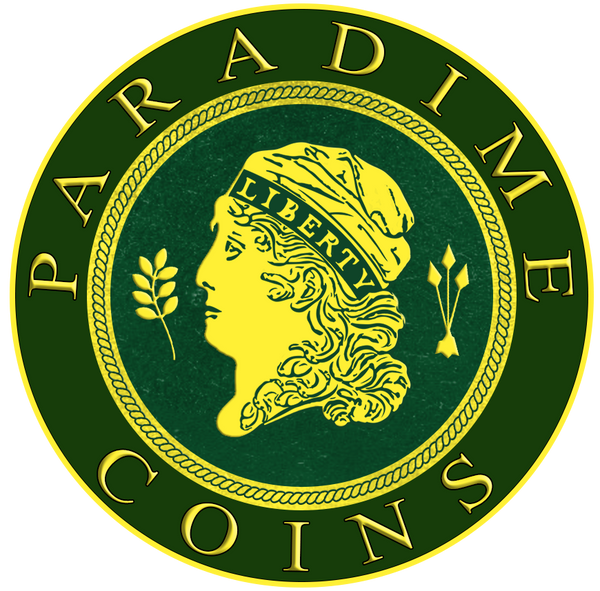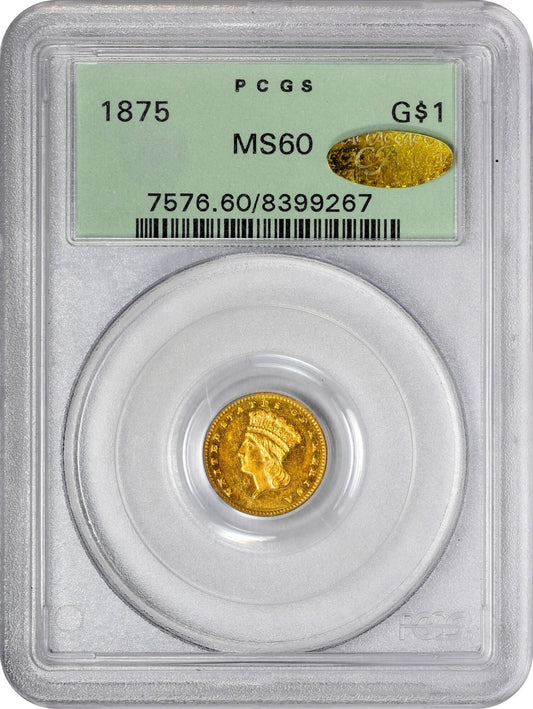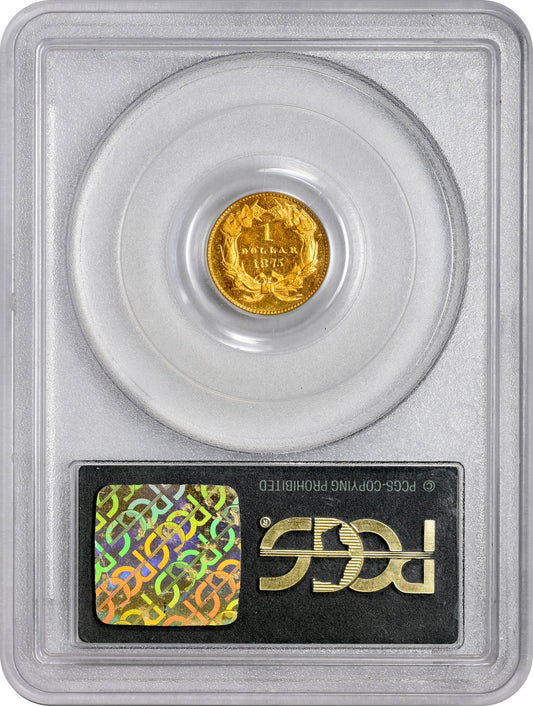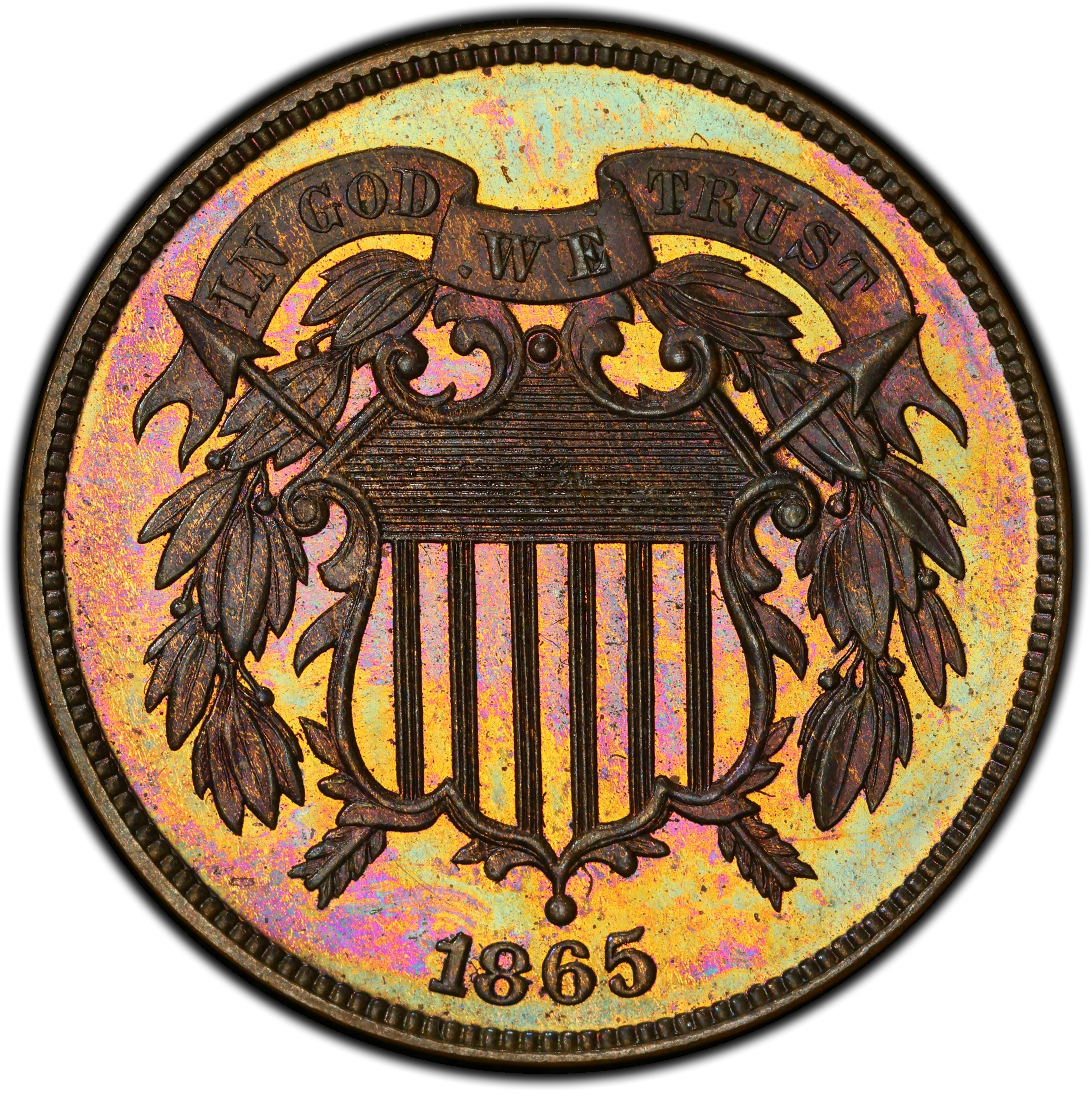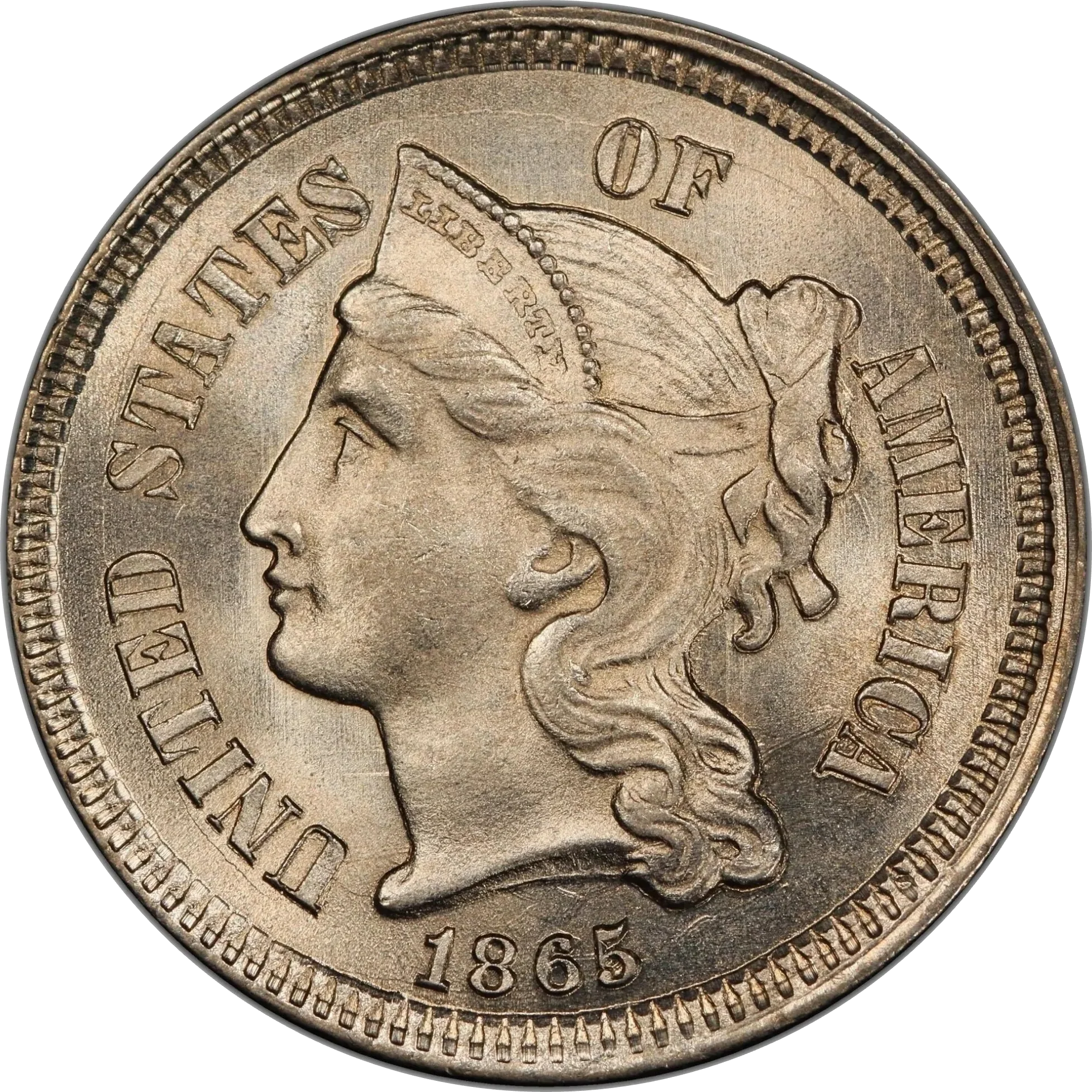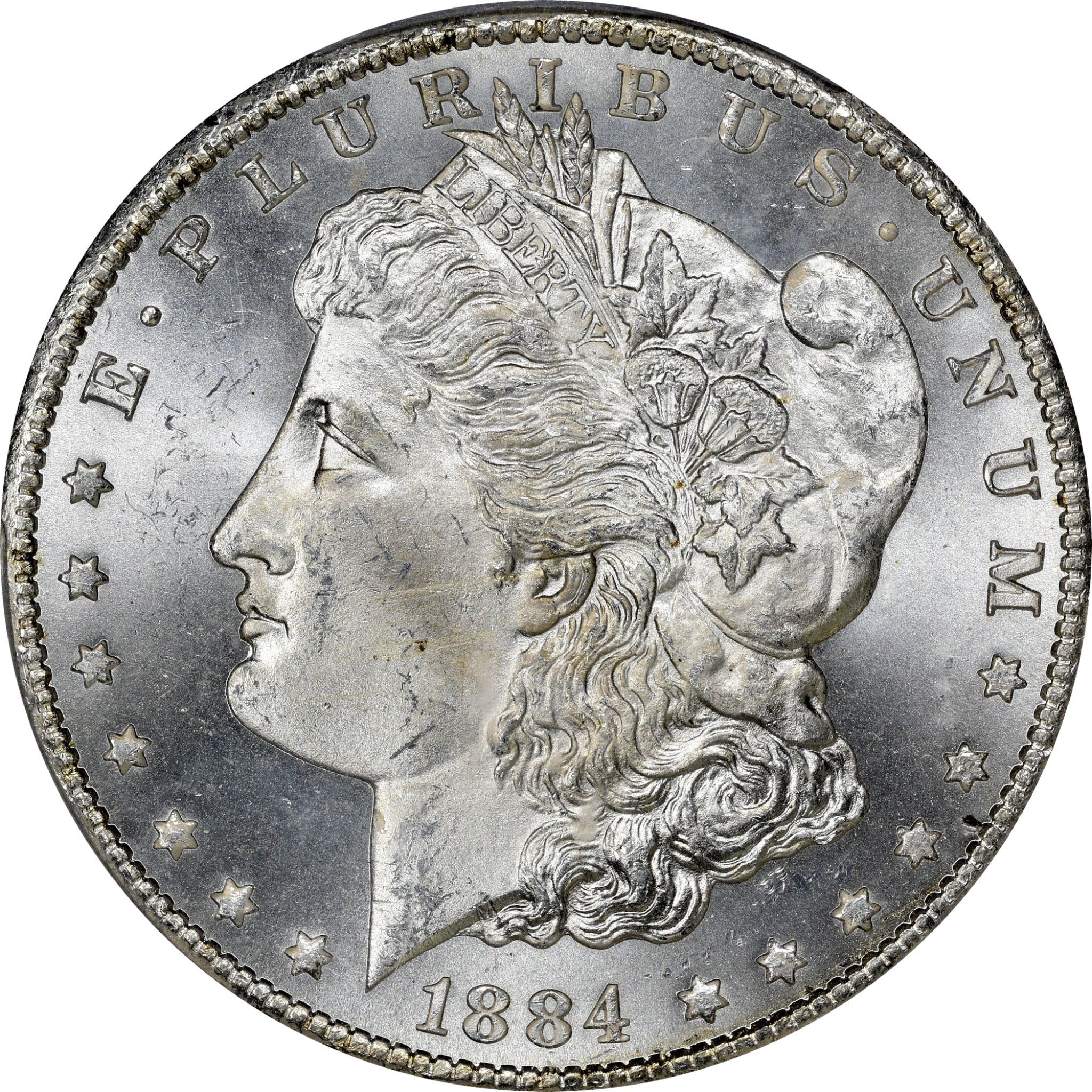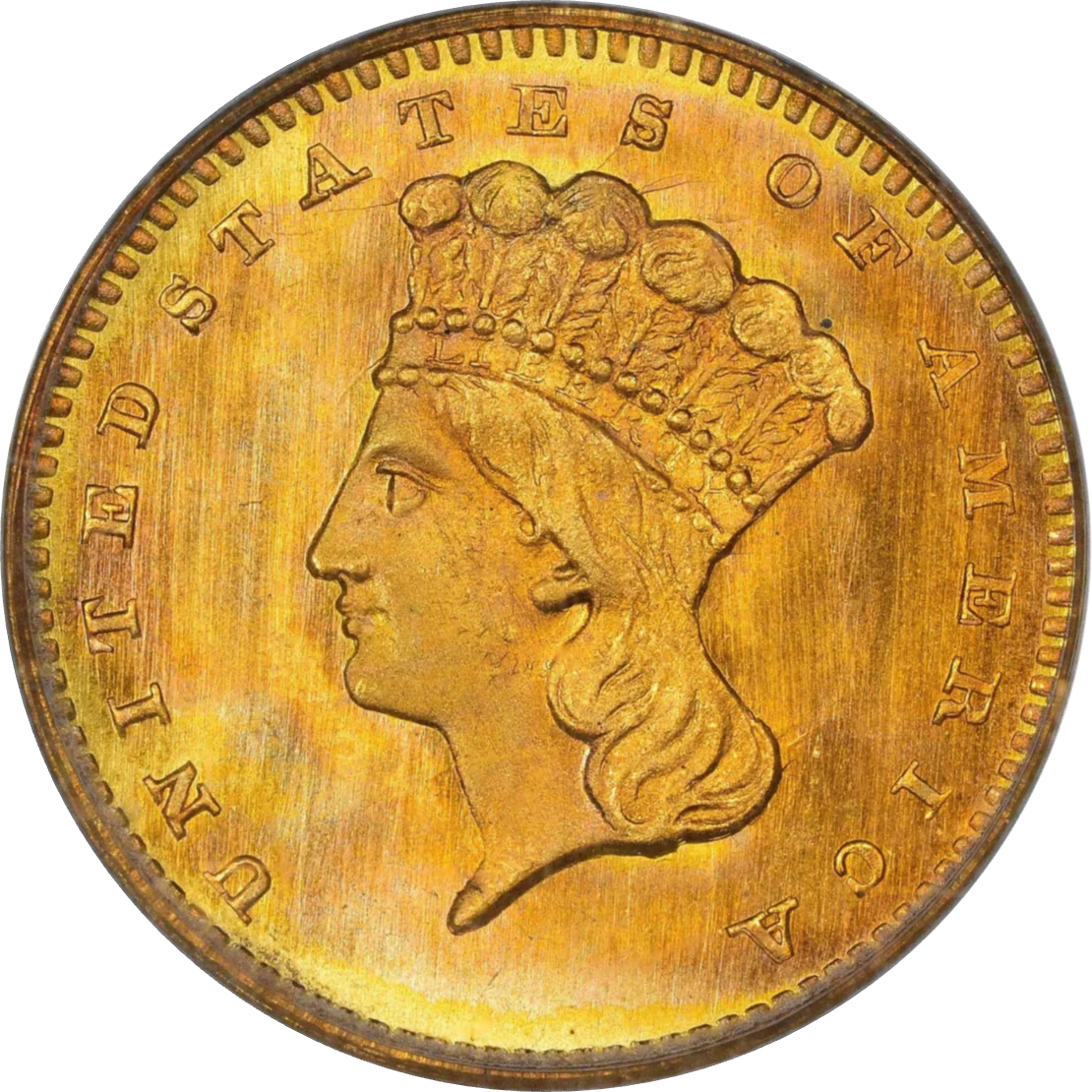Collection: Type 3, Large Head Indian Princess Gold Dollar
-
1875 G$1 MS60 OGH PCGS GOLD CAC
Regular price $21,000.00Regular priceUnit price / per
Designed by: James Barton Longacre
Issue Dates: 1856-1889
Composition: 90% gold, 10% copper
Diameter: 15 mm
Weight: 1.67 grams (25.77 grains)
Edge: Reeded
Business Strike Mintage: 5,327,363
Proof Mintage: 8,700 (estimated)
1856–1889 Type III Gold Dollar – Indian Princess Head, Large Size | Final Design Type | Longacre’s Improved Motif
Read More
Designed by: James Barton Longacre
Issue Dates: 1856-1889
Composition: 90% gold, 10% copper
Diameter: 15 mm
Weight: 1.67 grams (25.77 grains)
Edge: Reeded
Business Strike Mintage: 5,327,363
Proof Mintage: 8,700 (estimated)
1856–1889 Type III Gold Dollar – Indian Princess Head, Large Size | Final Design Type | Longacre’s Improved Motif
The Type III Gold Dollar, introduced in 1856 and continuing through 1889, marks the final evolution of the U.S. gold dollar series. Designed by James B. Longacre, this updated motif retained the Indian Princess theme from the short-lived Type II design but featured refined relief and lower central elevation, resulting in far better strike quality and detail sharpness across most mintages.
Design Improvements and Numismatic Significance
-
Obverse: The portrait of Miss Liberty is enlarged and stylized with a Native American headdress bearing the inscription LIBERTY, surrounded by UNITED STATES OF AMERICA.
-
Reverse: A more refined agricultural wreath encircles the denomination 1 DOLLAR and the date below.
The improved design specifically addressed the striking difficulties of the prior Type II issue, particularly in the central digits of the date, allowing the Type III gold dollar to be sharply defined and more consistent in quality.
Historical Context & Minting Trends
Although production was continuous from 1856 through 1889, public use of the denomination declined sharply following the Civil War. As gold circulation diminished, many issues saw extremely limited mintages, especially during the 1870s.
-
The 1875 business strike (400 pieces minted) and Proof (20 pieces) represent the lowest mintage year in the entire U.S. gold coin series.
-
Several dates in the 1880s owe their higher survival rates to speculative hoarding by jewelers and numismatists during the "gold rush" of late-date gold dollar collecting.
Collectibility & Market Insights
-
Readily Available Dates: Coins from the 1856–1862 and 1879–1889 period are most common, with Philadelphia Mint issues dominating availability.
-
Grade Range: Very Fine to About Uncirculated (VF–AU) coins are accessible to collectors; Mint State examples are scarce, and superb Uncirculated (MS65 and higher) pieces are elusive.
-
Proof Issues: Struck regularly from the late 1850s through 1889, with 1884–1889 Proofs being the most obtainable today, though still scarce relative to demand.
Why Collect the Type III Gold Dollar?
-
Represents the final evolution of America’s smallest circulating gold coin.
-
Offers excellent strike detail and a charming, classically inspired design.
-
Ideal for U.S. gold type sets, especially those focused on late 19th-century issues.
-
Includes several low-mintage and Proof-only rarities for the advanced numismatist.
At ParadimeCoins.com, we offer a handpicked selection of certified Type III Indian Princess Gold Dollars, including problem-free examples in collector-preferred grades and stunning original surfaces. Whether you're assembling a U.S. gold type set or hunting for a pristine Mint State piece, the 1856–1889 gold dollar delivers both beauty and historical significance in a compact, gold format.
... Read Less